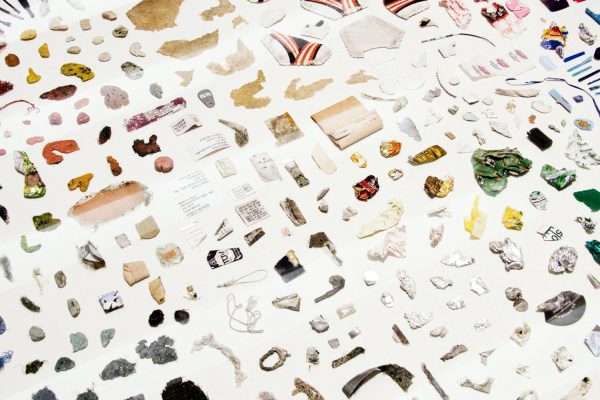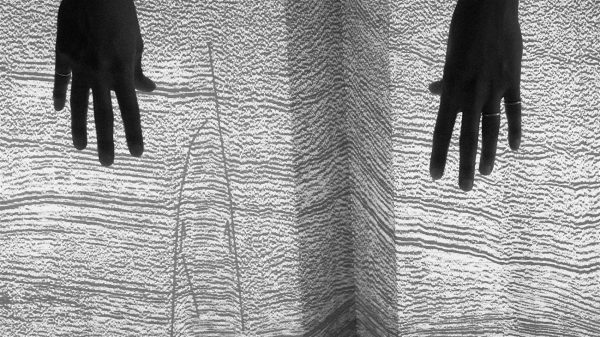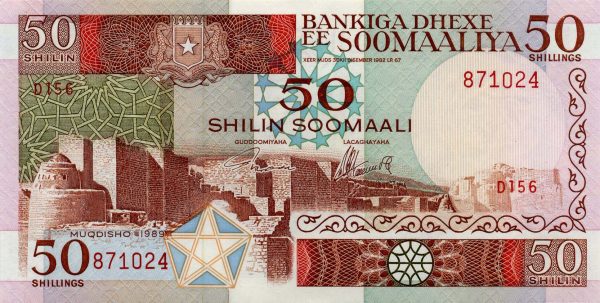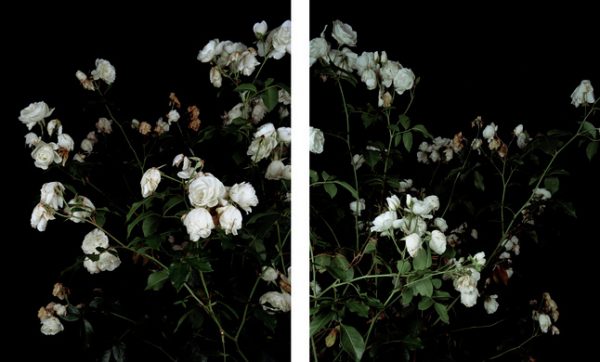The paradoxically titled Yielding Stone (1992), for instance, consists of a black lump of plasticine formed in the weight of the artist’s own body. The work is rolled onto the street where this highly malleable and greasy material absorbs whatever residue it encounters. Yielding Stone registers what would usually vanish without a trace, like a memorial of the ephemeral. Indeed, one might literally describe the work as sedimented history. Combined with its amorphous shape, this has led commentators to read the work as evocative of the archaic or the primordial. In addition, its processual nature has tended to be understood in relation to post-minimal process-oriented artistic production.
I would argue, however, that these interpretations are slightly off the mark. In a seminal work like Robert Rauschenberg and John Cage’s Automobile Tire Print (1953), for instance, where the tires of Cage’s Ford were covered with black household paint before the truck was driven over a long sheet of paper, marking it with tire tracks, the process is still very much result-oriented. The process is teleological.
So there are two fundamental differences here. Firstly, Yielding Stone does not mark the external world but is inscribed with it. Put differently,the work inhabits the world but is also inhabited by it. And secondly, unlike Automobile Tire Print, a ‘happening’ that took place only in the moment of its occasion, Yielding Stone awaits its future actualisation. The work demonstrates its processual character but it is a process that does not foreclose the possible scope of the future. The work is immanently open-ended. It forecloses closure.
To me, then, the impressions of the past form only a part of the story. What seems of greater importance is that the work does not so much summon up the primordial or the archaic as what isyet to be. If the work is nostalgic it is not because it harks back to some idealised past but because it is nostalgic for the future. Yielding Stone is in a perpetual process of becoming. Even as it sits on the gallery floor, isolated and quiescent, it is weighed down by gravity and absorbs the dust on which it rests. One might also say that it is marked, every moment, by the sensation of time.
The enigmatic materiality of this artwork is echoed in Lintels (2001). Here sheets of lint – the grey stuff leftover in the filters of drying machines – have been hung on several rows of washing line, as though Orozco was hanging his dirty laundry in public. Beyond this bathos, what is of interest is the transience of the material used. Lint is made of human hair and dust, which is made of dead skin cells, as well as fluff. This is the detritus of quotidian life, the stuff we would rather forget about, infinitesimal traces of our own mortality. When compressed in the filter the material is held together, but only temporarily. Pablo Picasso once wrote that ‘art washes away from the soul the dust of everyday life’. This work, however, will return to dust. The air must be full of it. Like Yielding Stone, a work conscious of its temporal essence, Lintels internalises its own impermanence. Construction becomes inseparable from dispersal. The artwork, then, is just a hiatus. Like life.
In this light it is interesting to consider a work on paper entitled Finger Ruler Drawing (1990). Here Orozco draws a vertical line using a ruler and a pencil. As his hand moves downwards he encounters resistance from the finger used to hold the ruler in place and traces its outline. This process is repeated countless times as though a moment of amnesia preceded each attempt. That said, every line is slightly different so that what we are presented with is a variable form of invariance. In a somewhat absurd gesture Orozco is, paradoxically perhaps, making something new of repetition itself.
Yet, as with Lintels and Yielding Stone, the latter of which could be understood as a surrogate of the artist’s body, Finger Ruler Drawing is only indirectly evocative of lived experience. If the sculptural works mentioned above distort and open up time it is not because they represent the past or the future directly, which would only result in a form of idealism or utopianism. Similarly, in Finger Ruler Drawing the contour of the finger is an index of life, true. The Cartesian line is interrupted by the body. But the body itself remains absent. And this inference of presence from absence is suggestive of a broader social condition of disenchantment and reification. Indicative, that is, of the complete superficiality of a totally rationalised society, a society in which information proliferates but meaning is lost, a society where the only thing that remains of the self is a negative impression. So there is something melancholy here too, a feeling also induced when one encounters Yielding Stone and Lintels.
Indeed, it is noteworthy that there is a pronounced absence of the human figure in nearly all of Orozco’s work. In the Tate retrospective the only artwork in which the body is included is a pair of photographs entitled My Hands Are My Heart (1991). The images depict the artist squeezing and then releasing a lump of brick clay in his hands in order to form a heart-shaped sculpture. This intensely handmade object is exhibited nearby. To be sure, the emphasis is partly on procedure and gesture – the ‘act of creation’, the humbleness of which contrasts with most of today’s monumental and overly-produced sculpture. Yet even here I would read the two negative imprints of hands as indices of an absent body, traces of distance and alienation from the material world.




